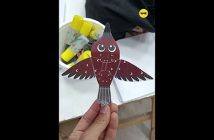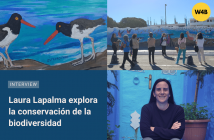San Antonio Oeste Bay, Argentine Patagonia
The Bay of San Antonio Oeste is an area of valuable coastal marine biodiversity that is currently affected by disturbances caused by different human activities, such as tourism, sports, and recreational activities. The intervention of all-terrain vehicles in these areas causes severe problems in the native flora and fauna of the dune ecosystem that characterises the area.
Since its origins, the Inalafquen Foundation has promoted social participation in favor of biodiversity conservation in the Bahía de San Antonio Protected Natural Area (ANPBSA, for its acronym in Spanish) from a gender perspective. Women have been “invisible stewards” of the environment every day. They have a valuable role as environmental educators, considering the contributions derived from their roles, even in disadvantaged situations due to the dominant gender system.
In this project, the restoration proposal is worked on with a focus on social participation and community strengthening, understanding that through participation, better objectives are achieved and sustained over time.
To this end, the project involves different local actors, such as NGOs, educational entities, universities, government actors, artists, local entrepreneurs, tourism and real estate operators, through training and environmental education actions and the broad awareness and dissemination of shorebirds that is achieved year after year through the holding of the Shorebird Festival. Furthermore, as a result of the process that led to the regulation of kitesurfing, an activity that exacerbated the deterioration of the sector, those responsible for said activity have expressed their intention to get involved in the restoration strategy.
In this sense, the Restoration Plan seeks ecosystem results and promotes local actors’ involvement and active commitment. To this end, a robust social volunteering system seeks to actively involve the community in the restoration and active conservation of the dune ecosystem. To this end, the effectiveness of other volunteer systems in restoration actions has been studied with positive results.
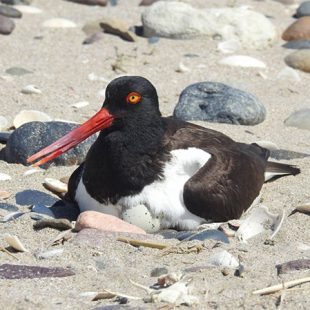
PROPOSED OUTPUTS/OUTCOMES
• To generate greater environmental and social awareness in social actors
• To promote conscious and responsible tourism
• To involve citizens in the conservation and restoration plan of the degraded dune areas
• To promote greater knowledge and social awareness about the ecosystem value of the flora and fauna of San Antonio Bay
ARTICLES AND OTHER OUTPUTS
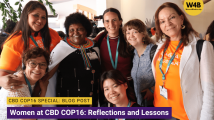
Women at CBD COP16: Reflections and Lessons
At CBD COP16, women from across the globe came together to share their personal journeys, challenges, and hopes for a gender-equitable future in biodiversity governance. This article captures some of the personal reflections of the women participants from Women4Biodiversity’s restoration sites.
PHOTO GALLERY
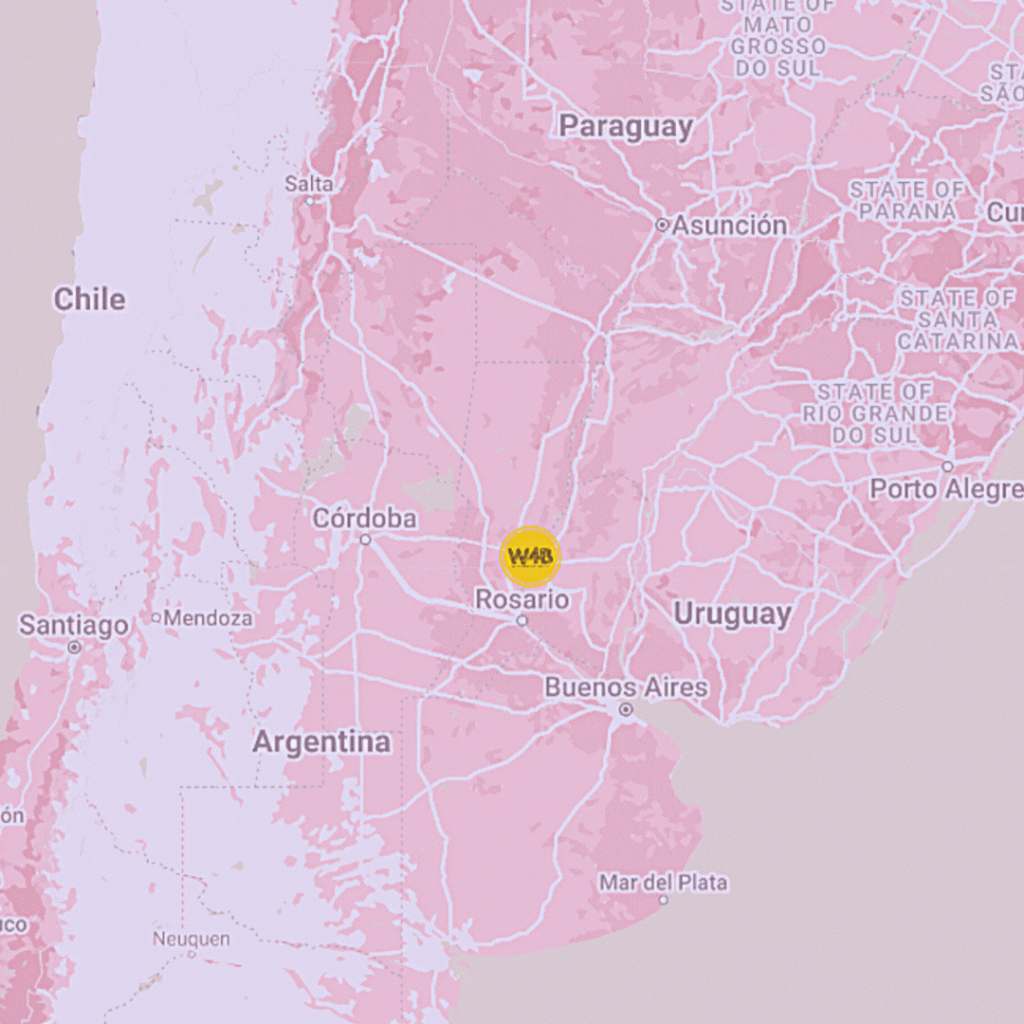
OVERVIEW
REGION:
San Antonio Oeste, Rio Negro
RESTORATION SITE PARTNER:
ECOSYSTEM:
Marine-Coastal
RESTORATION COVERAGE:
7 hectares within the Restoration Plan



